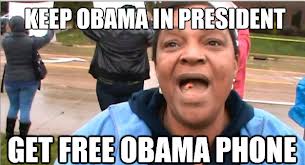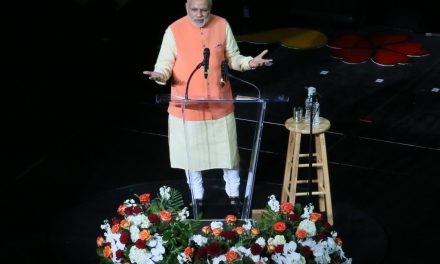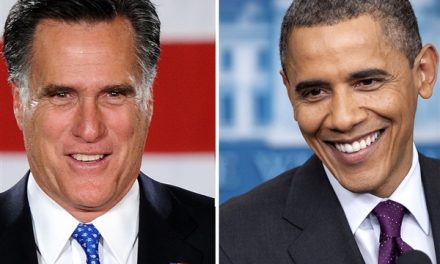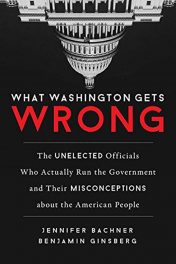 By Joshua Rhett Miller – Fox News
By Joshua Rhett Miller – Fox News
A viral video of an Obama supporter touting her “Obama phone” has put the spotlight on an obscure federal program that provides discounted phone service to qualifying low-income Americans.
“Keep Obama as president,” the animated woman says on the video. “He gave us a phone.”
The video is drawing attention to the government program — Lifeline — as a national debate unfolds on entitlements and the growing percentage of Americans who pay no income taxes and get a long menu of government benefits.
But even though some beneficiaries may credit President Obama for providing the phones, Lifeline is an extension of a program that has existed since 1985.
Still, critics including Rep. Tim Griffin, R-Ark., note the program has swelled from $772 million in 2008 to $1.6 billion.
“It’s a government-run, taxpayer-funded program that’s running wild and costing more and more,” readsGriffin’s official House of Representatives website.
Private carriers who contract with the government, including TracPhone and Sprint, have websites intended to publicize the program. Some attempt to dispel the program’s connection to the president, such as freegovernmentcellphones.net, while others, including obamaphone.net, embrace it.
“The free Obama phone is an important program, especially for low income families that would otherwise not have access to basic communications,” the homepage of obamaphone.net reads.
The site does, however, clarify that Obama did not start the program and that there’s no such thing as an “Obama phone.”
“It’s true that government provides free cellphones to the poor and disabled people,” the site reads. “But the Obama part is not true as Obama didn’t initiate this program. It’s on the run [sic] since the administration of Reagan.”
Griffin, who introduced H.R. 3481 in November to end the program, claims to have evidence of dead people getting free cell phones in the mail, ineligible people getting multiple phones and electronic kiosks in convenience stores to encourage people to get the phones.
“The truth is, though, that taxpayers are footing the bill,” the website reads. “The program is called Lifeline, but in reality it’s turned into Uncle Sam’s Unlimited Plan.”
Lifeline was originally envisioned as a means of subsidizing landline phone service for poor Americans, paid for with an extra charge on phone bills.
To participate in the program, according to the Federal Communications Commission (FCC), consumers must either have an income that is at or below 135 percent of the federal poverty guidelines or participate in a number of assistance programs, including Medicaid, Head Start or Supplemental Security Income.
In 2008, the plan was extended to supply cellphones and cellular service as many Americans began using those devices as their primary telephone.
“It’s a government-run, taxpayer-funded program that’s running wild and costing more and more.”
– Rep. Tim Griffin
The program, according to FCC officials, has helped tens of millions of low-income Americans afford basic phone service, which is essential to finding a job or getting help during an emergency.
To that end, the percentage of low-income households with phone service has increased from 80 percent in 1985 when the program began to nearly 92 percent in 2011.
A message seeking comment from White House officials on the federal program was not returned Friday.
A family of four with an income of about $30,000 can qualify for a subsidized line, according to Bloomberg News. The program is available to consumers in every state, territory, commonwealth and on tribal lands.
In 2008, there were 7.1 million Lifeline accounts nationwide. There are 12.5 million today, according to Bloomberg News.
About half of those are mobile phones sold by Miami-based TracFone, Sprint and hundreds of smaller regional companies.
The government pays those carriers up to $10 per month for each program subscriber. Users, in turn, get free phones and 250 minutes of monthly airtime.
Sen. Claire McCaskill, D-Mo., received a mailed solicitation last year informing her she was eligible for a phone, leading her to question the program.
“I am troubled by the expansive potential for the program to be abused,” McCaskill wrote the FCC in December.
The FCC, meanwhile, announced in July that comprehensive reforms to the program had saved nearly $43 million and were on track to save $200 million in 2012. The reforms included eliminating unnecessary subsidies, cutting off duplicative subscriptions and requiring better proof of eligibility.






